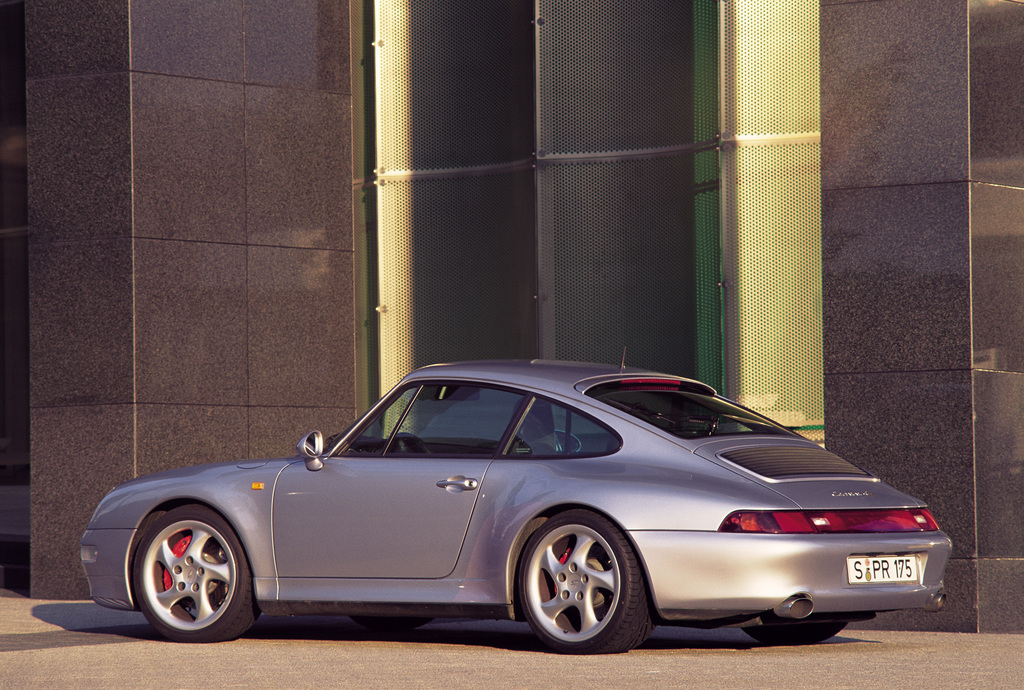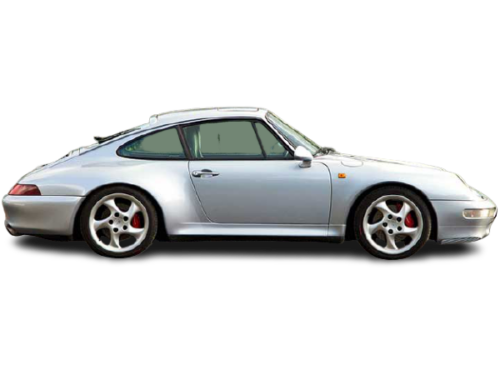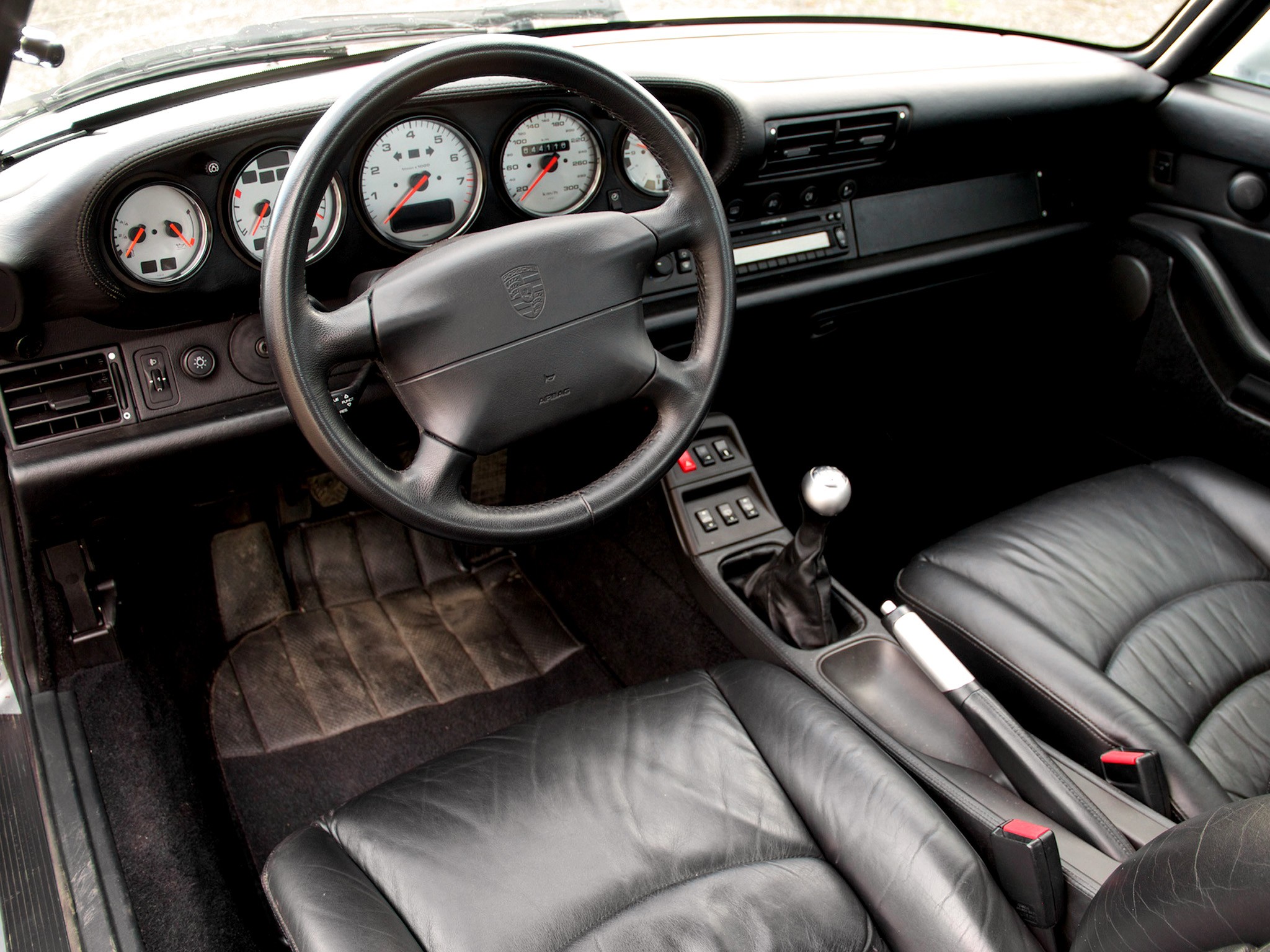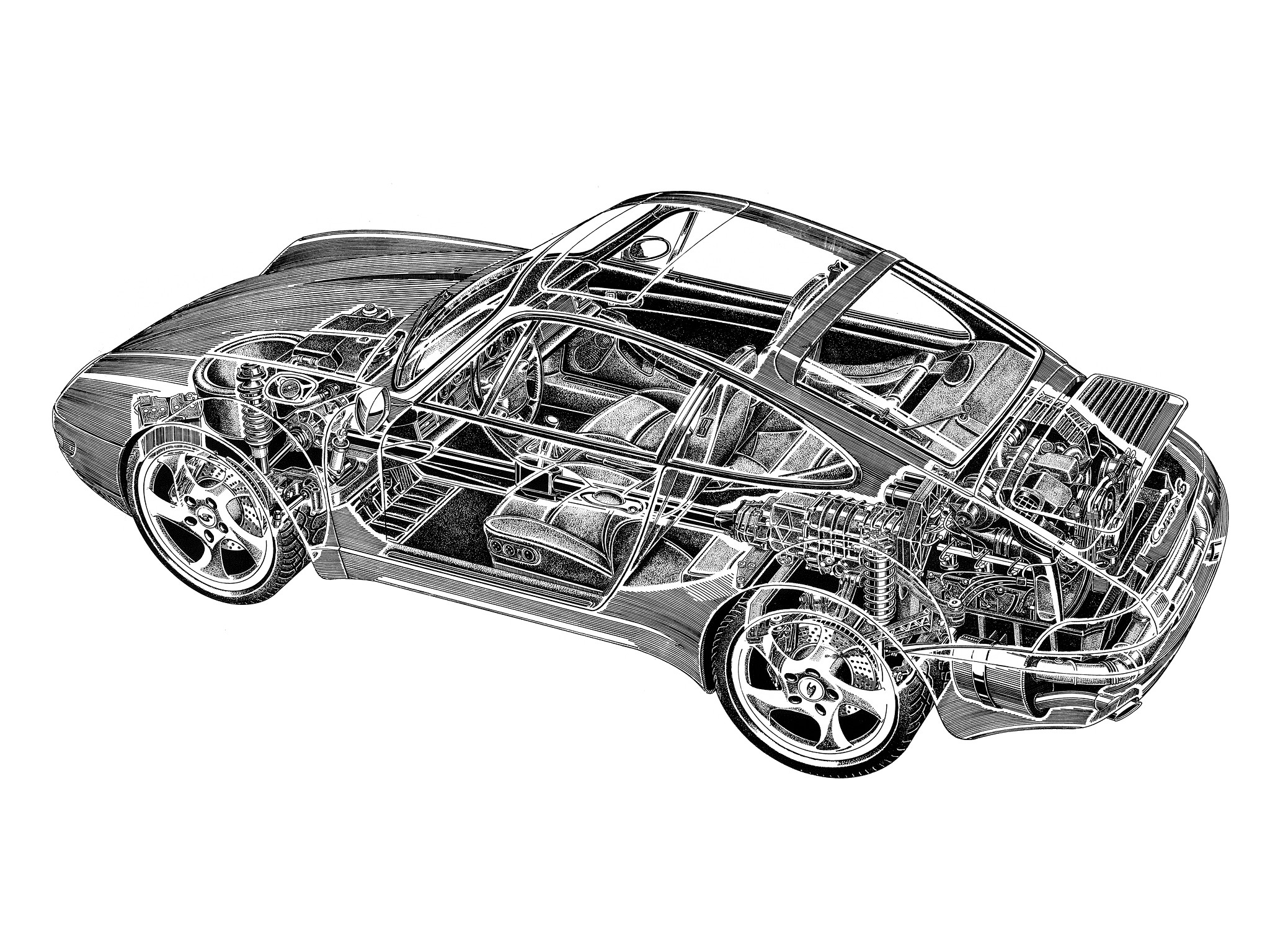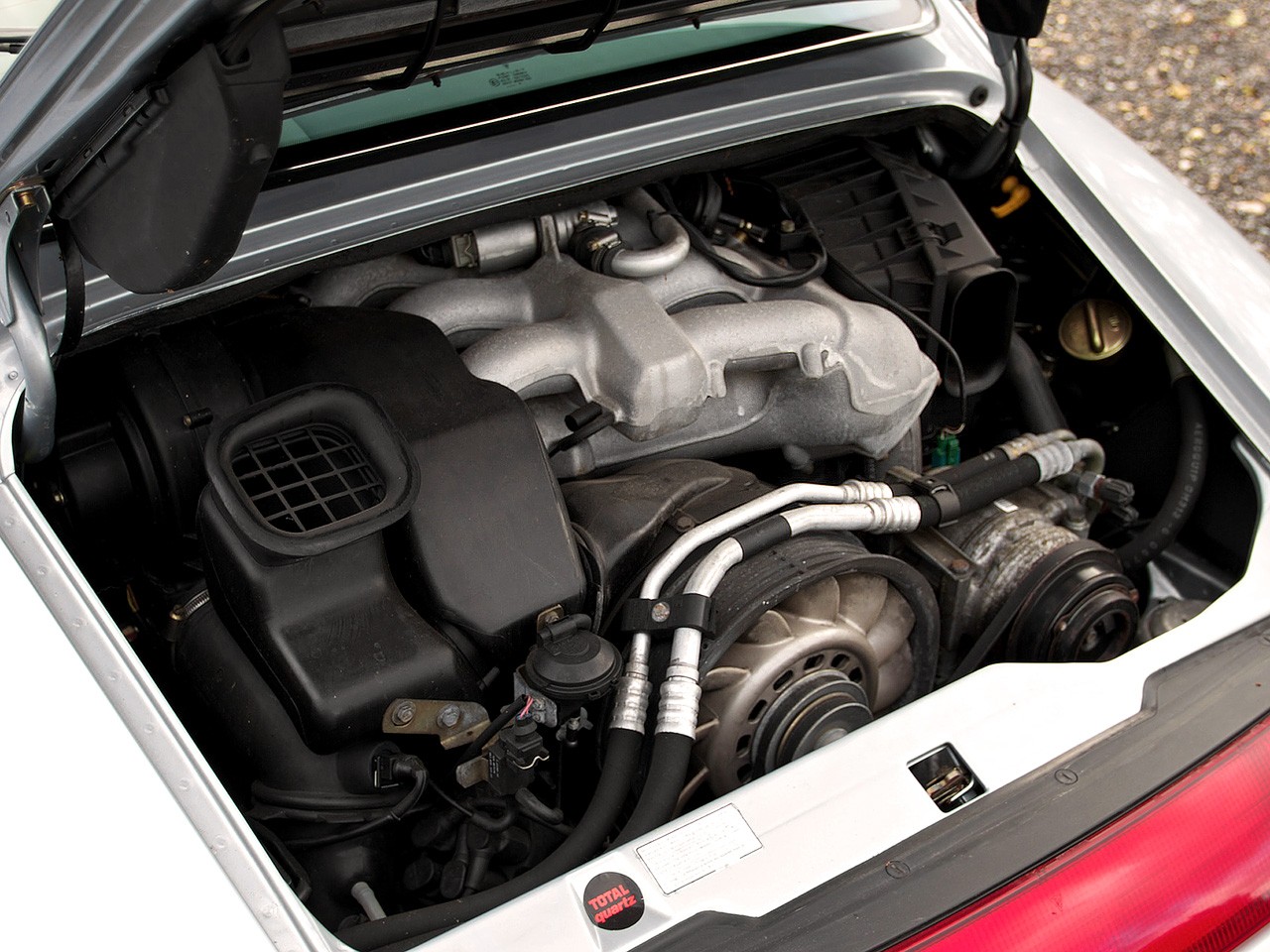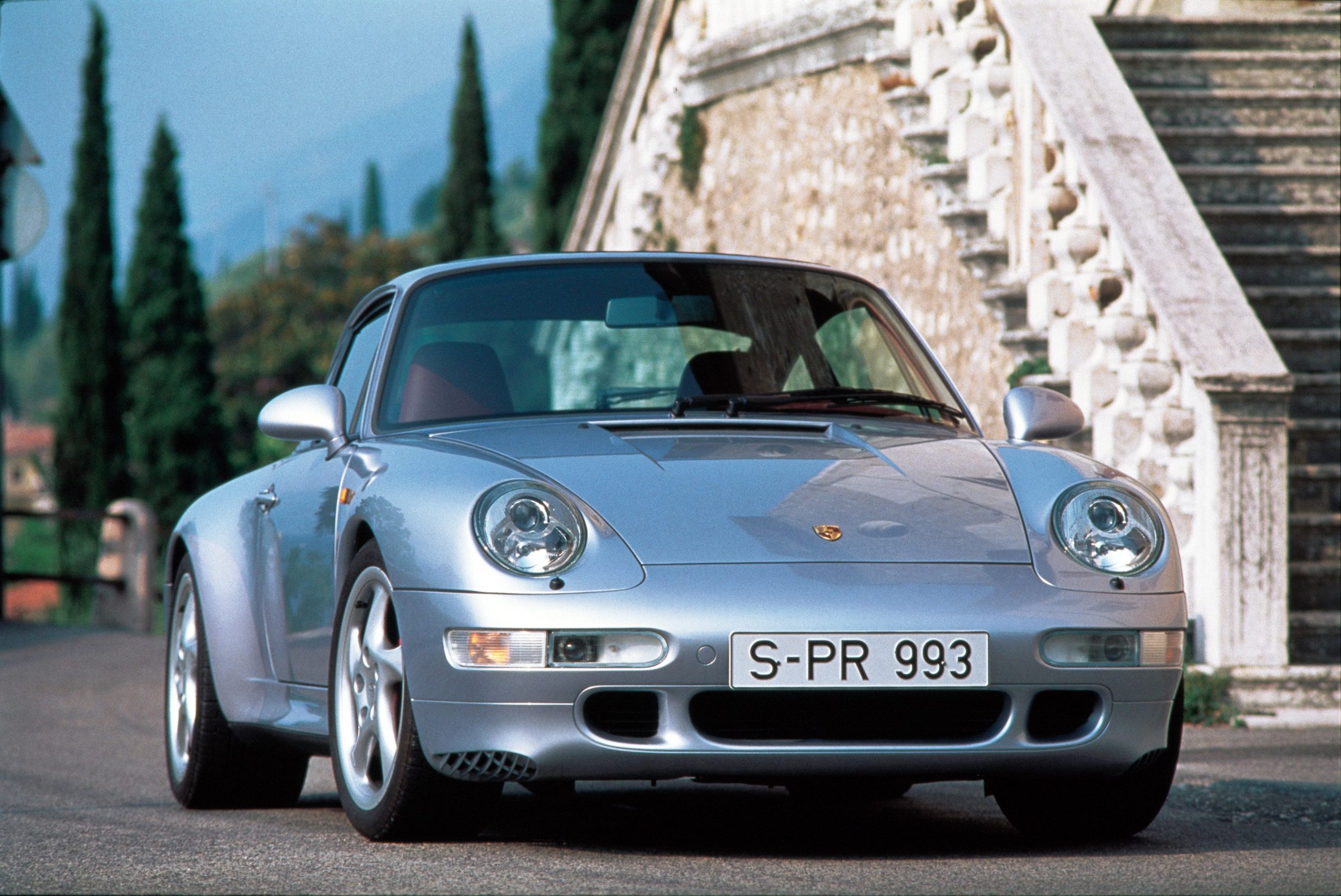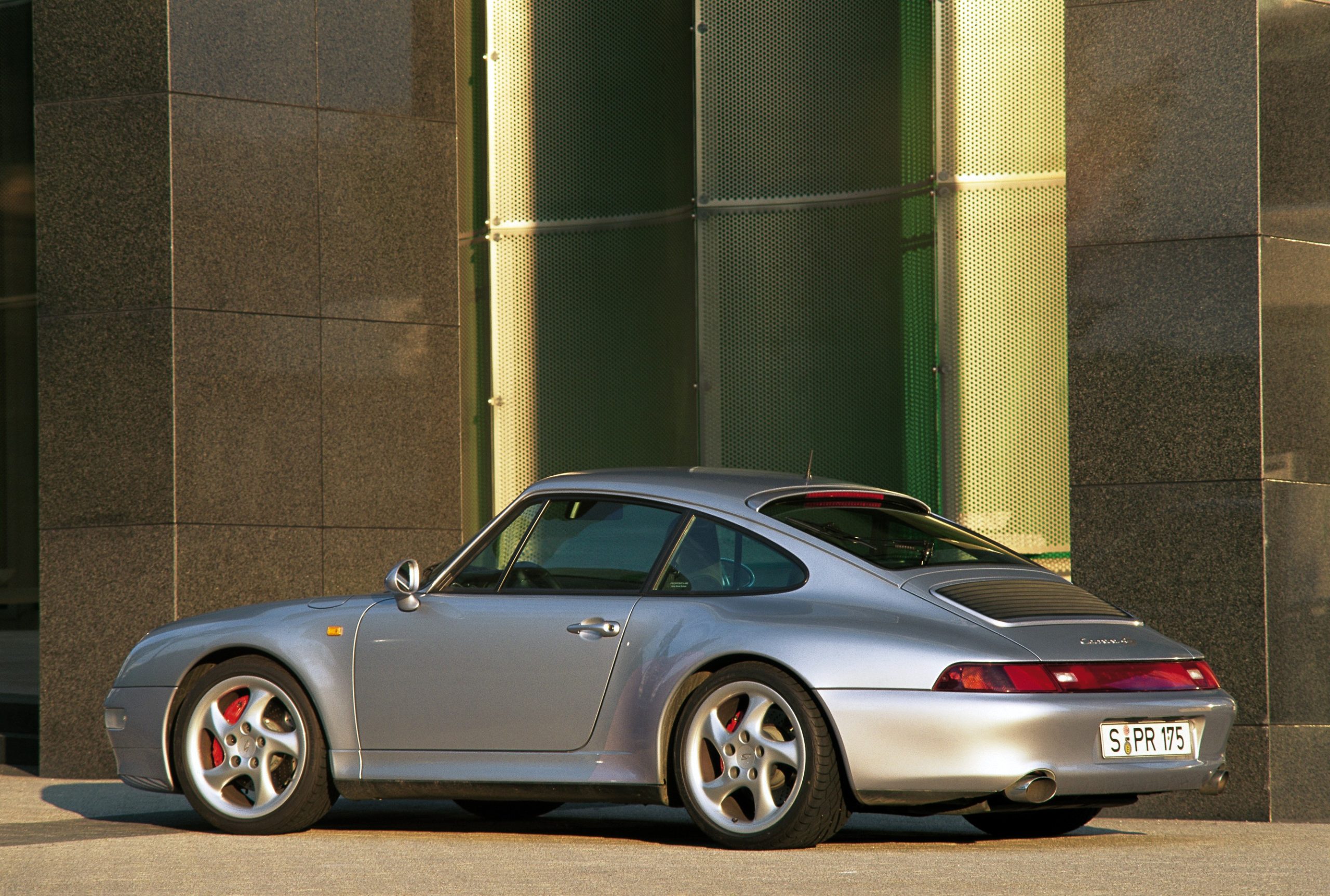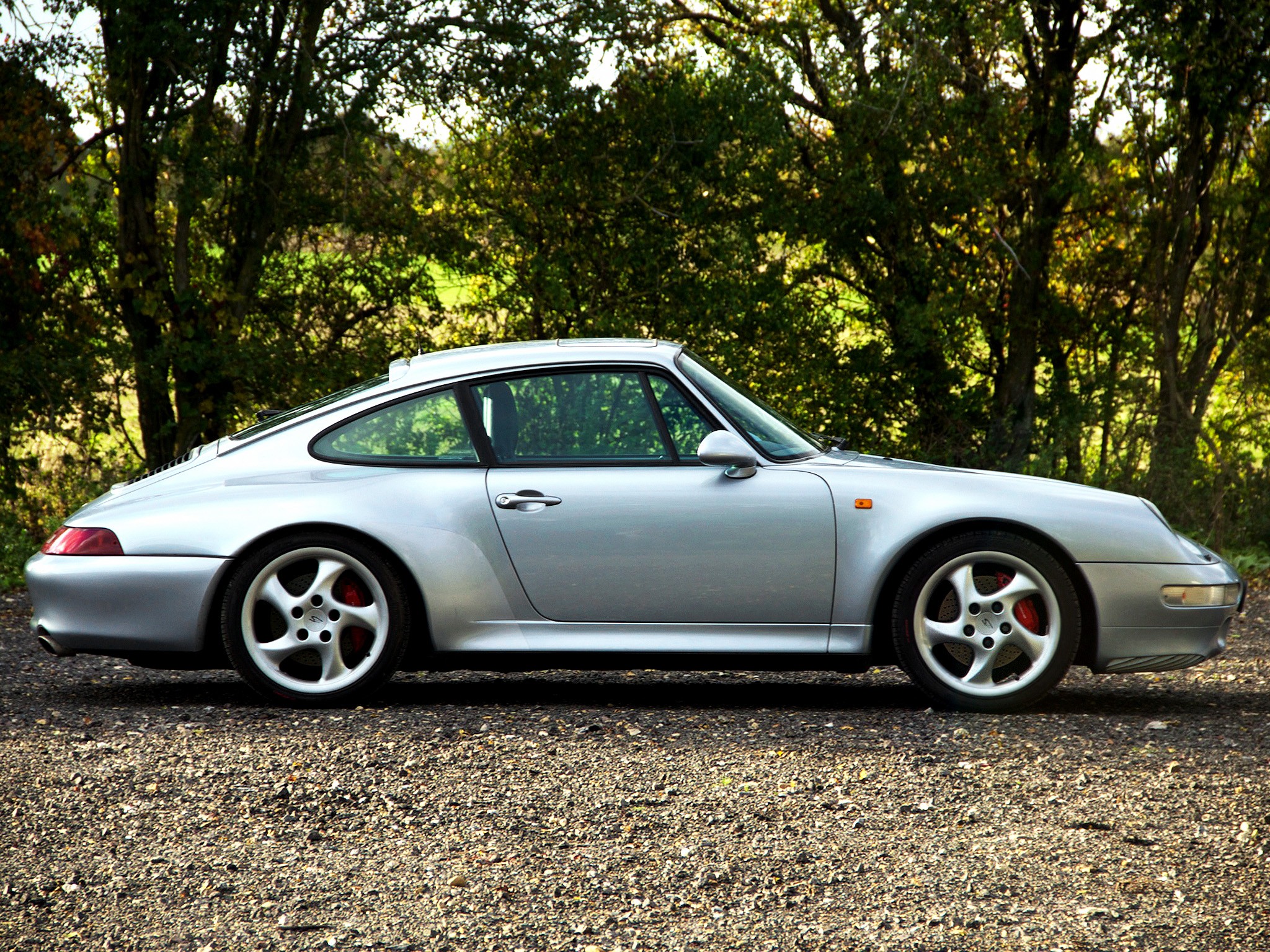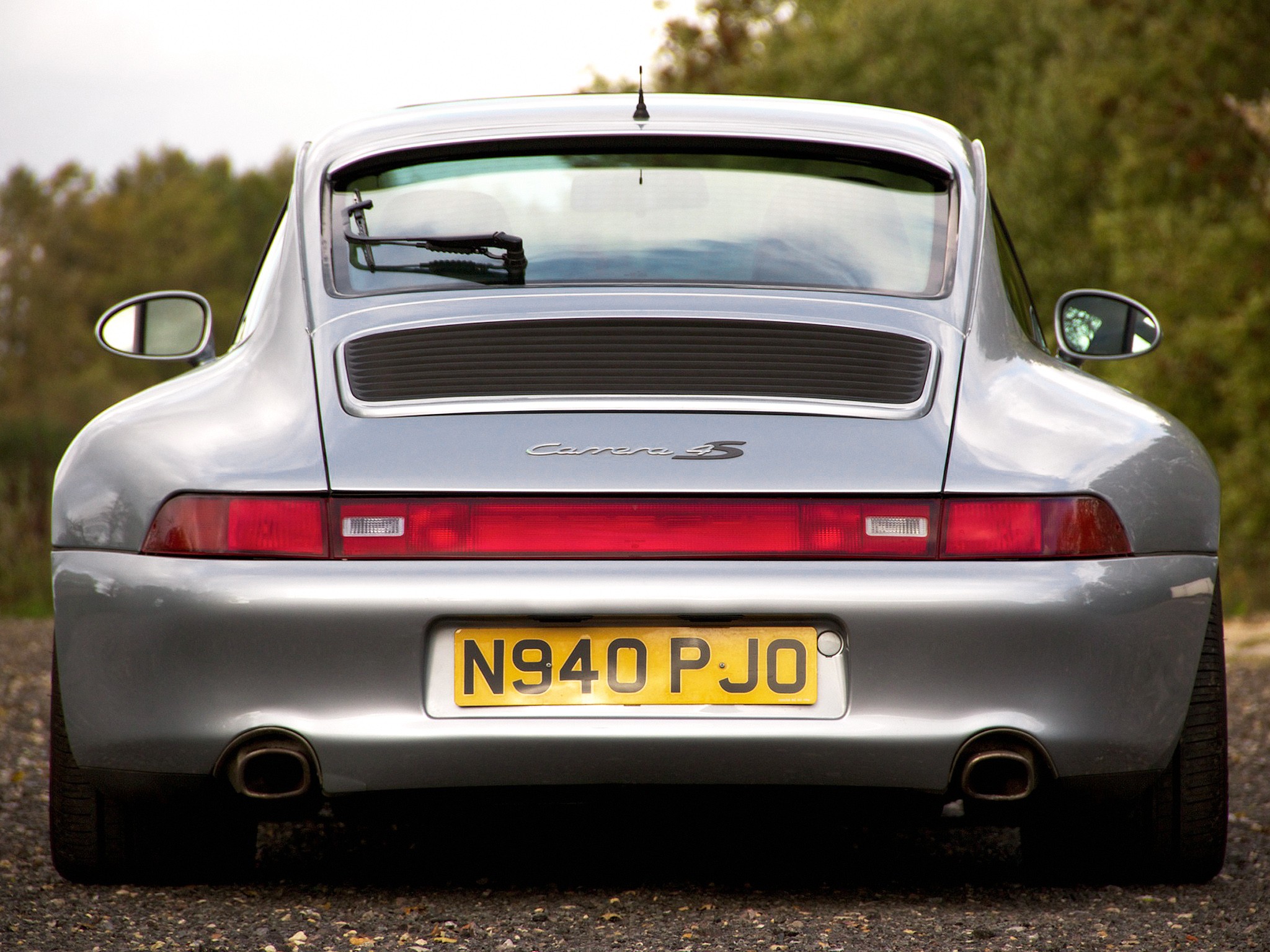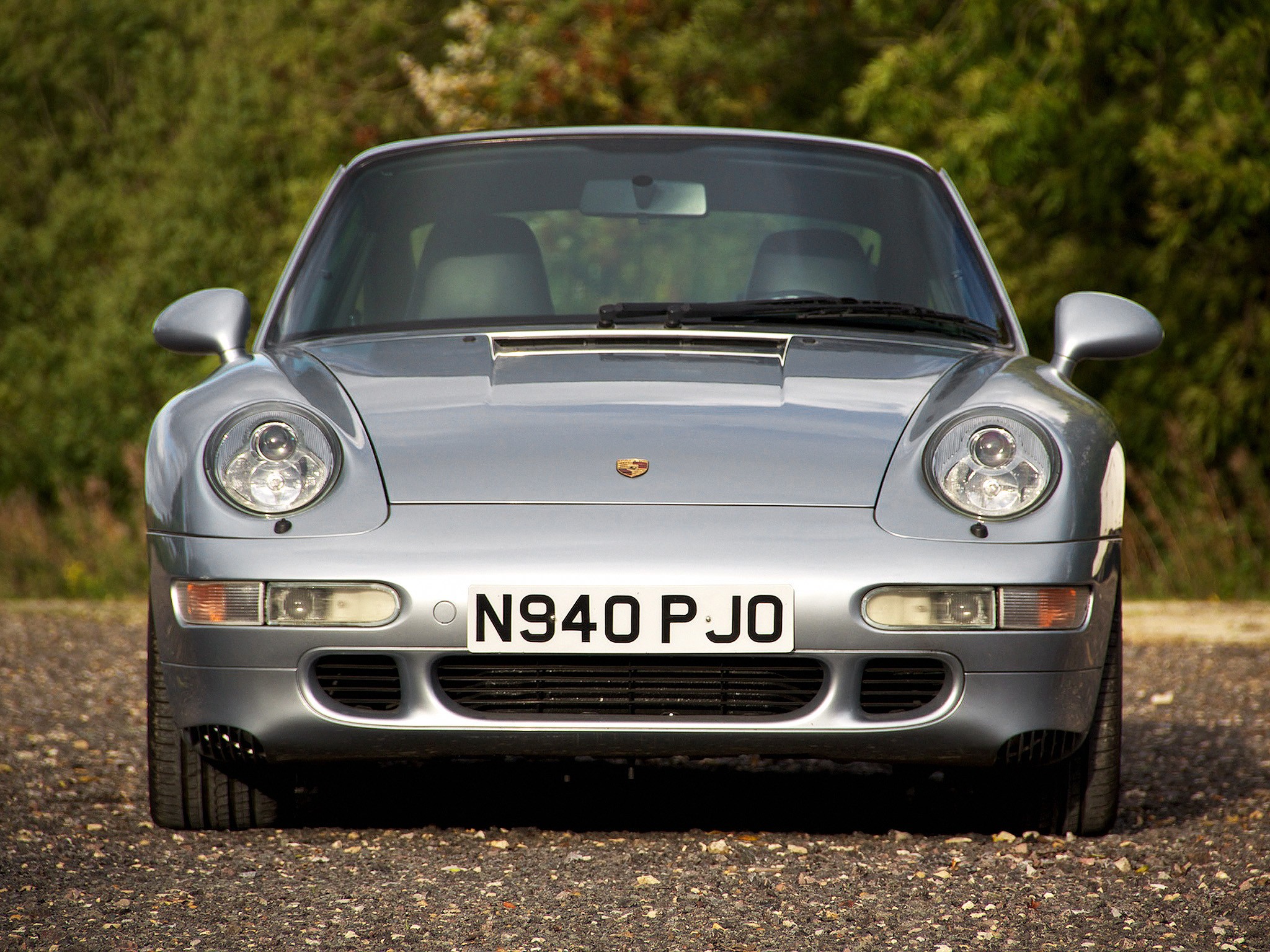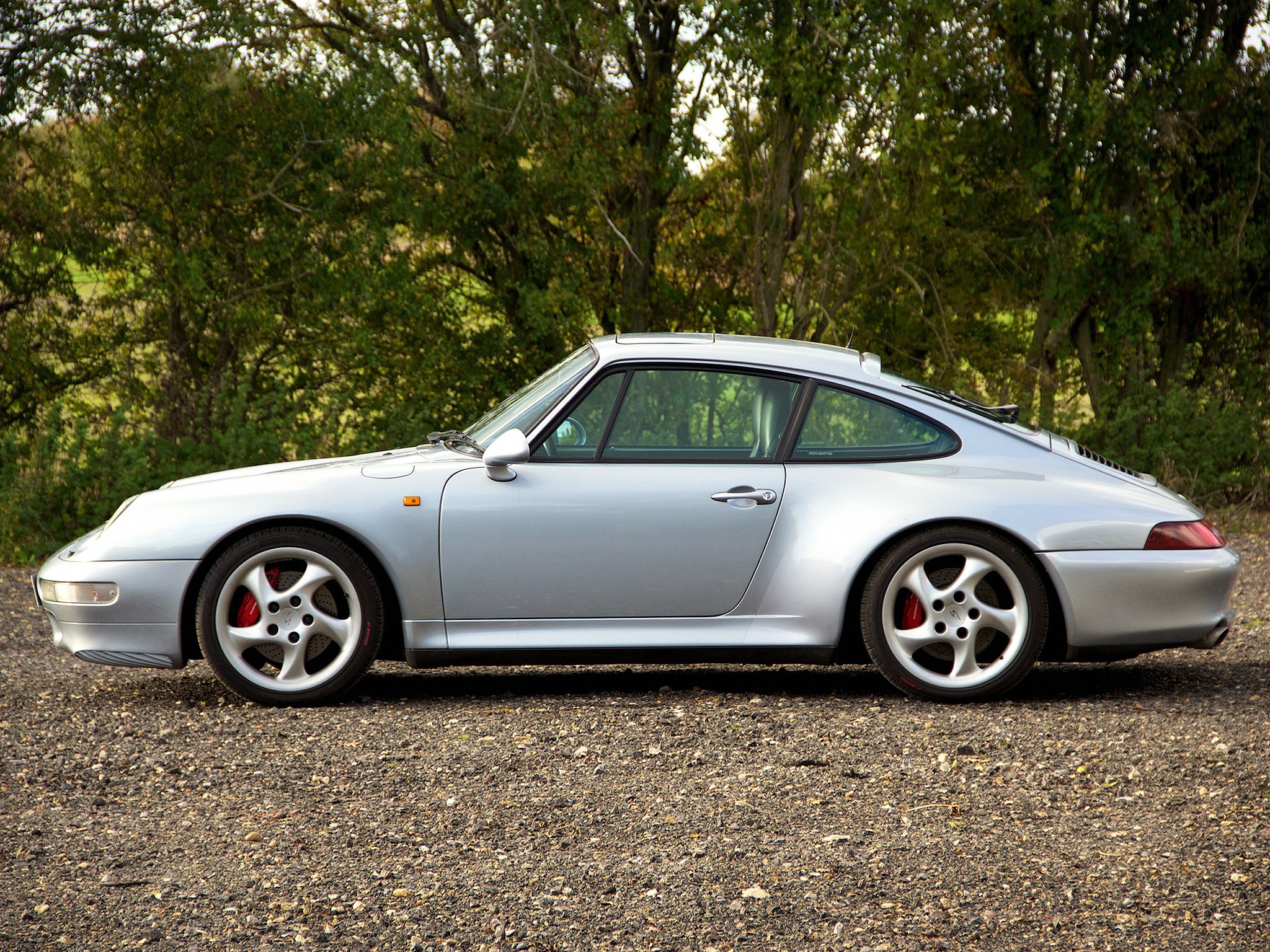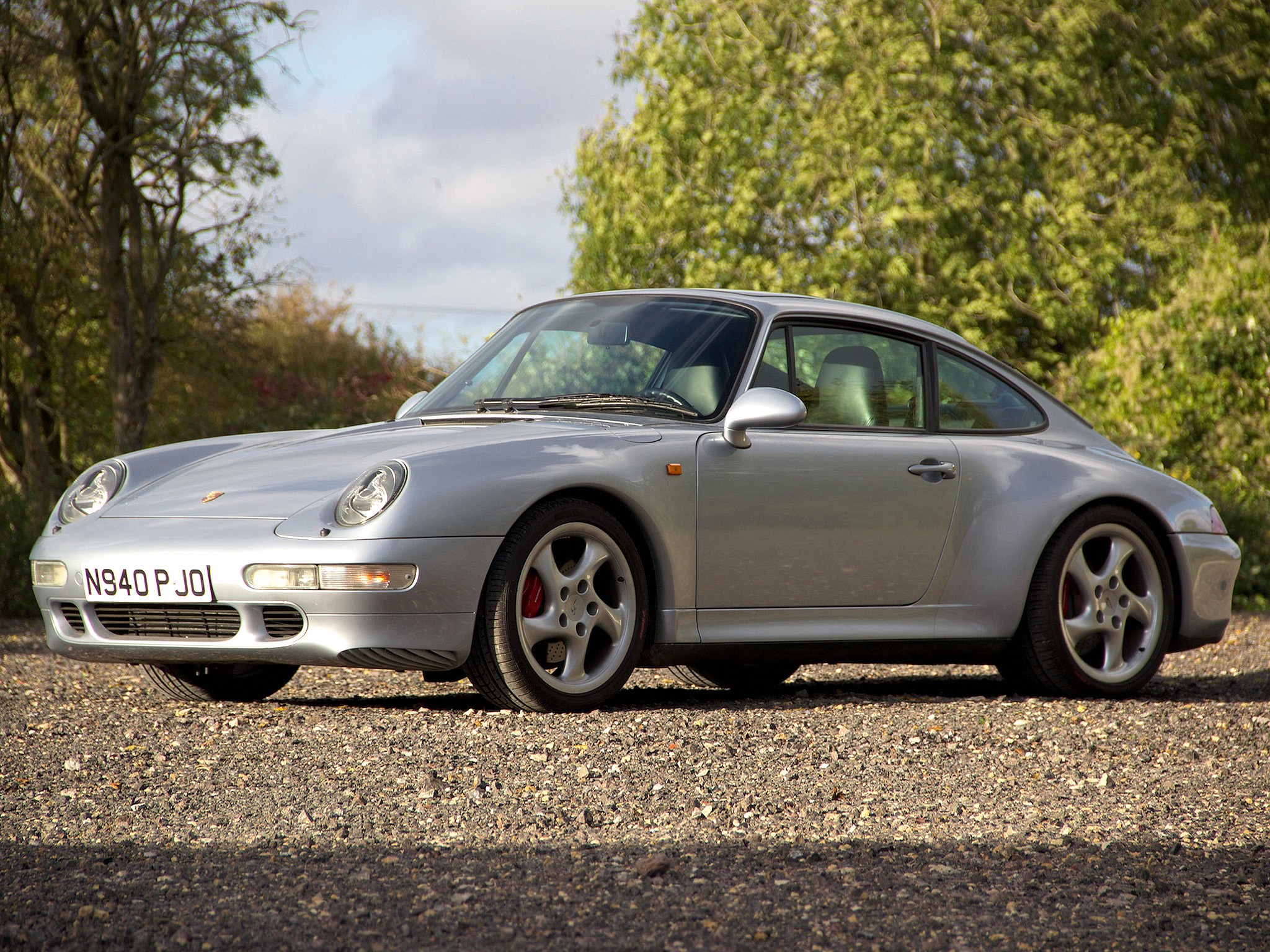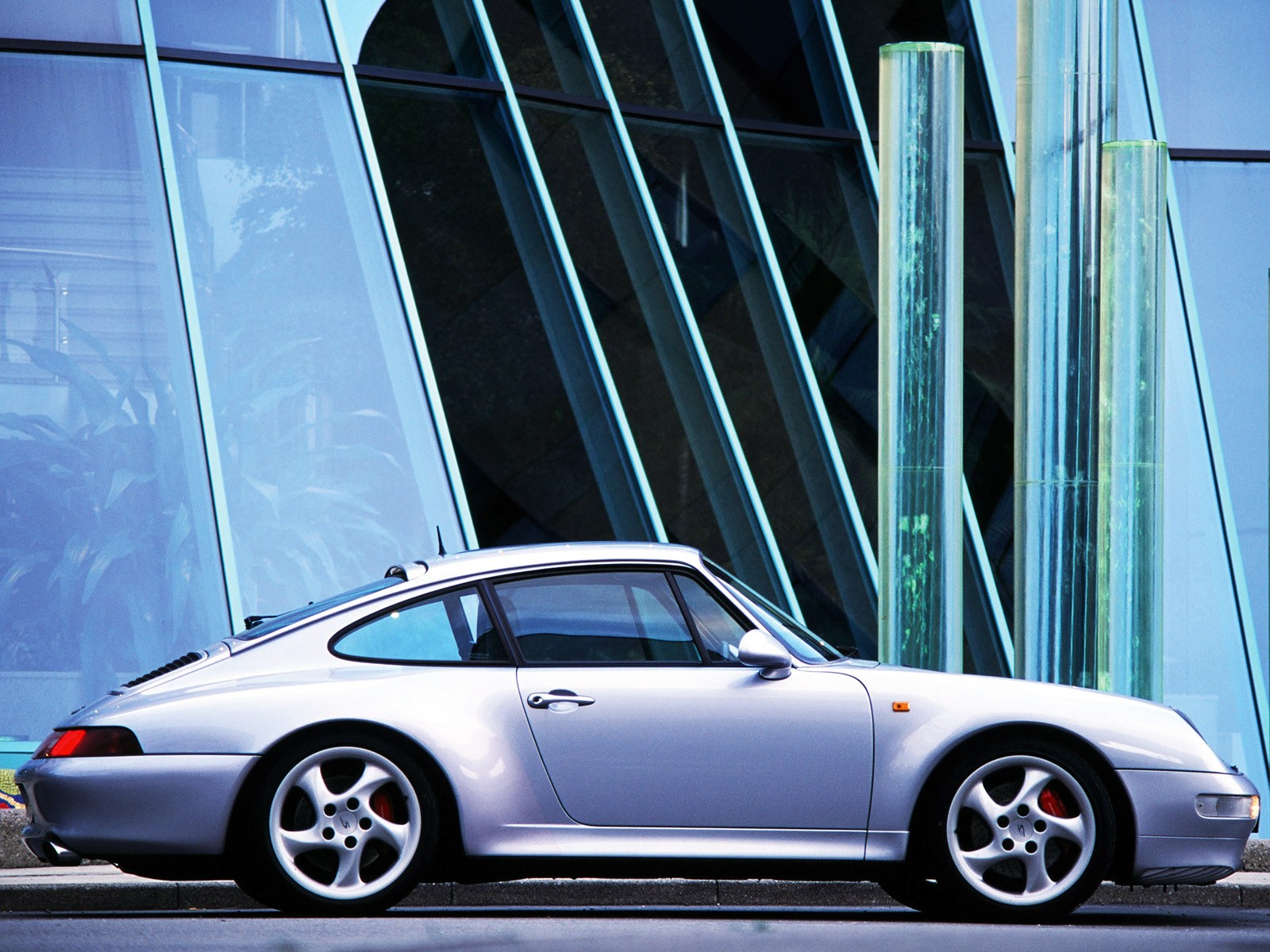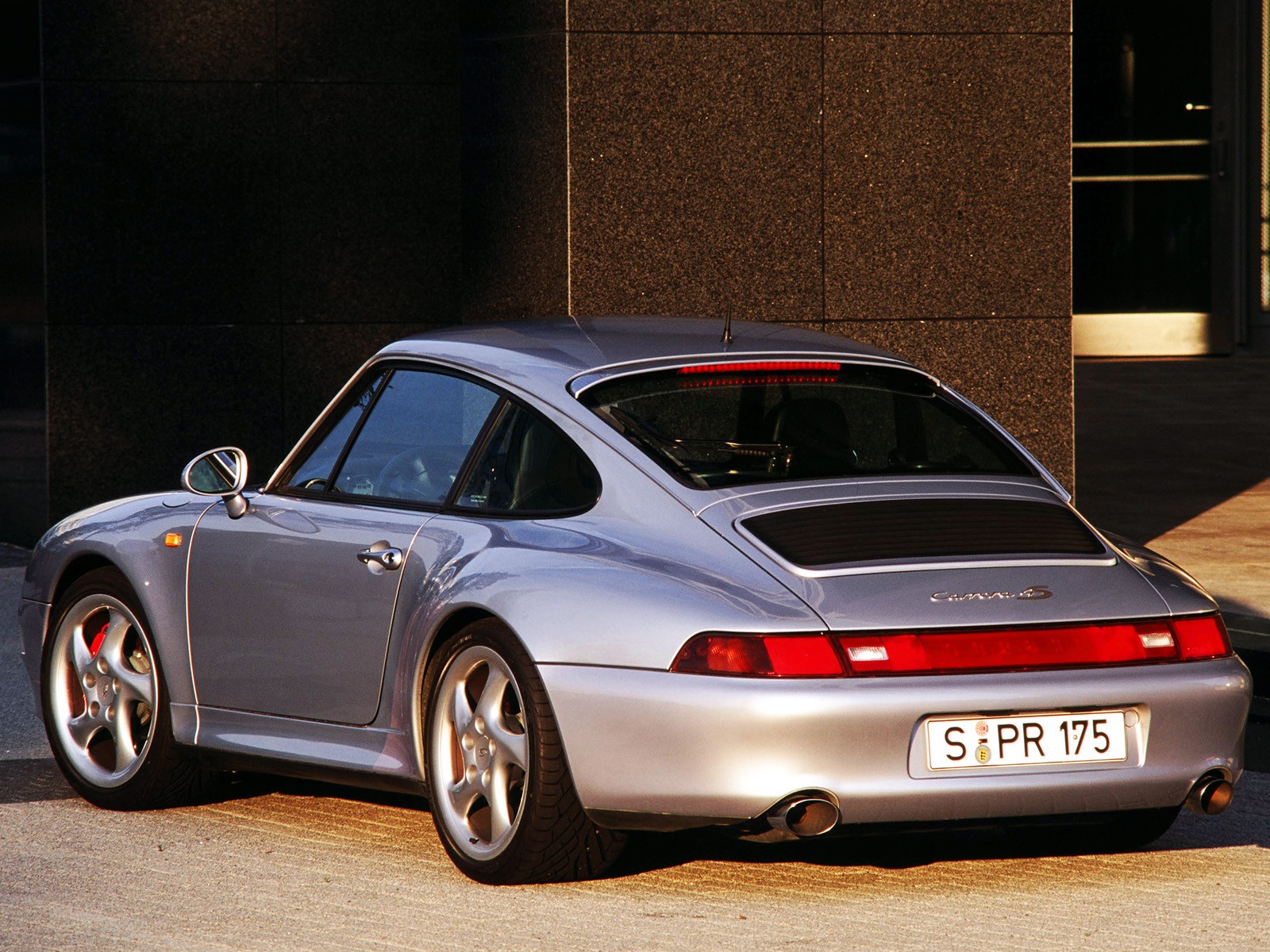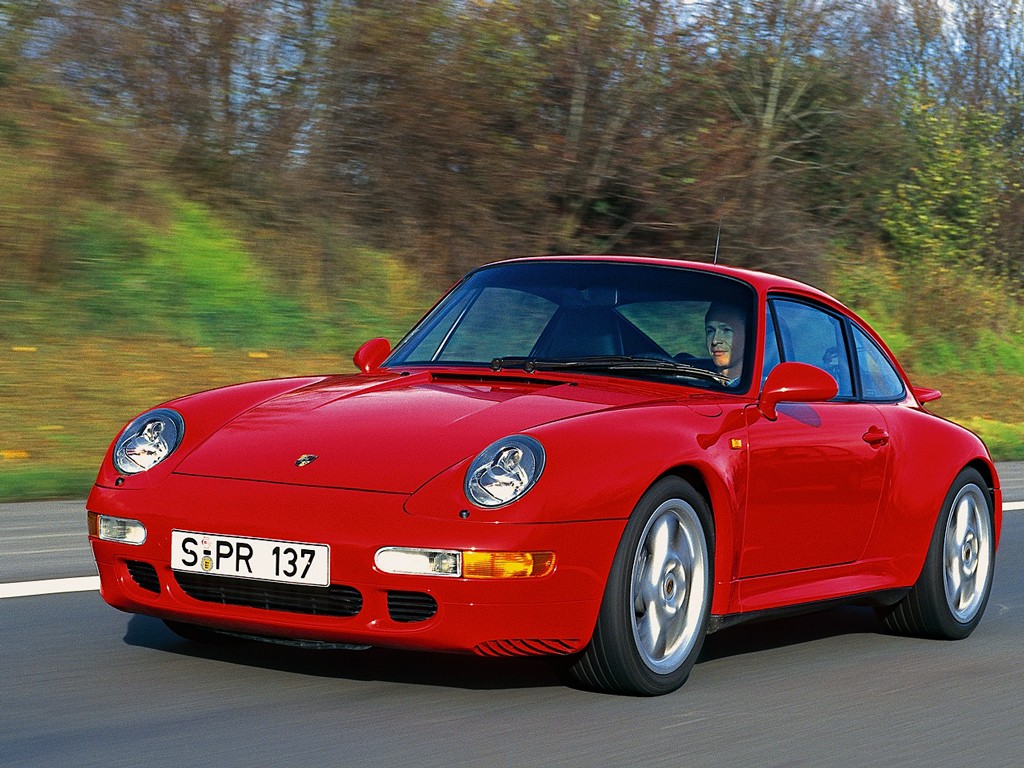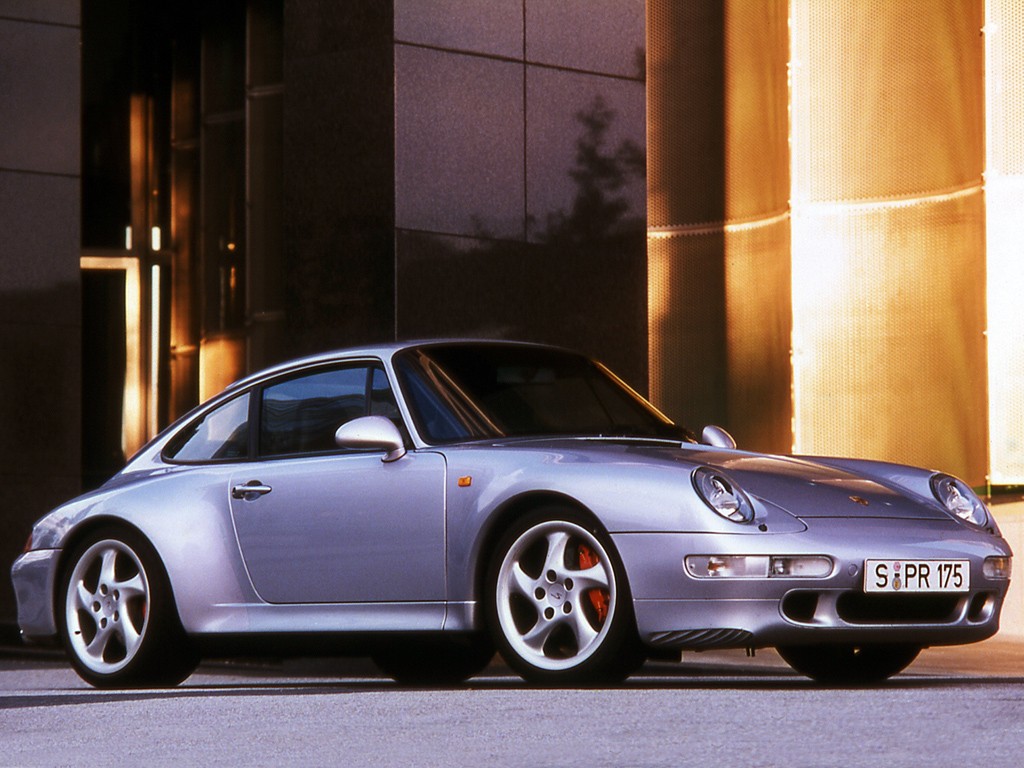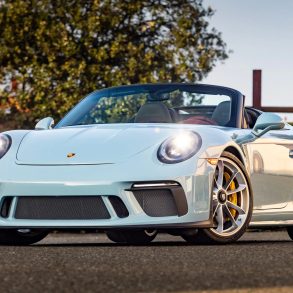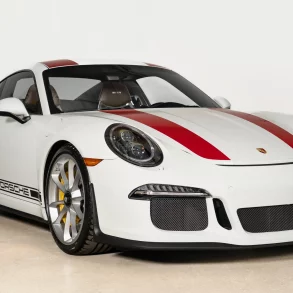(1996 – 1998) Porsche 911 Carrera 4S – Ultimate Guide
In 1995 Porsche introduced the larger Turbo bodywork on the Carrera 4 and called it the Carrera 4S.
The 993 Carrera 4S was sold between 1995 to 1998 (as a 1996 model year onward variant). Much like the 993 Carrera S, the 993 Carrera 4S takes the 993 Carrera 4 powertrain and fits it into the widebody 993 Turbo shell, sporting 18″ alloy wheels. The engine was the same 3.6-liter naturally aspirated, but it was offered in the higher power output of 282 hp. As with the Carrera 4, it was only available with a 6-speed manual transmission. The 4S did not have a cabriolet version.
Also included were the larger brakes, upgraded suspension and interior bits. Outwardly, the 4S was very close to the Turbo model without the large rear wing. Very similar 18 inch wheels were fitted and covered the red-calipers from the Turbo line. In America, the 4S was offered at $73,000 USD which was $32,000 less than the flagship Turbo.
The Porsche 993 was famous for its understeered behavior. And that was noticeable even at lower speeds and on loose surfaces. Due to a new all-wheel-drive system, the Carrera 4S was able to deal better with that and, on a rainy race-track, could do better than its Carrera S sibling.
The Carrera 4S took its bodywork from the Porsche Turbo. But it didn’t get the turbocharger. Its wider rear fenders and lowered stance than the Carrera lineup made it a desirable car for the Porsche fans. The windshield was not very raked and the sloped back toward the end of the car made a curved line along with the engine lid. A rear spoiler was installed and it was automatically extended over 80 kph (50 mph), or via a button installed in front of the gear-stick.
The interior featured better sport seats with better support on the shoulders to keep its occupants in their seats while hard cornering. There were two seats in the back, basically only to place some bags, not humans, since they were very small and there were limited legroom and headroom. The instrument cluster featured five dials, with the tachometer in the middle and the Carrera 4S logo on it. The climate controls and the stereo were mounted in line with the steering column.


